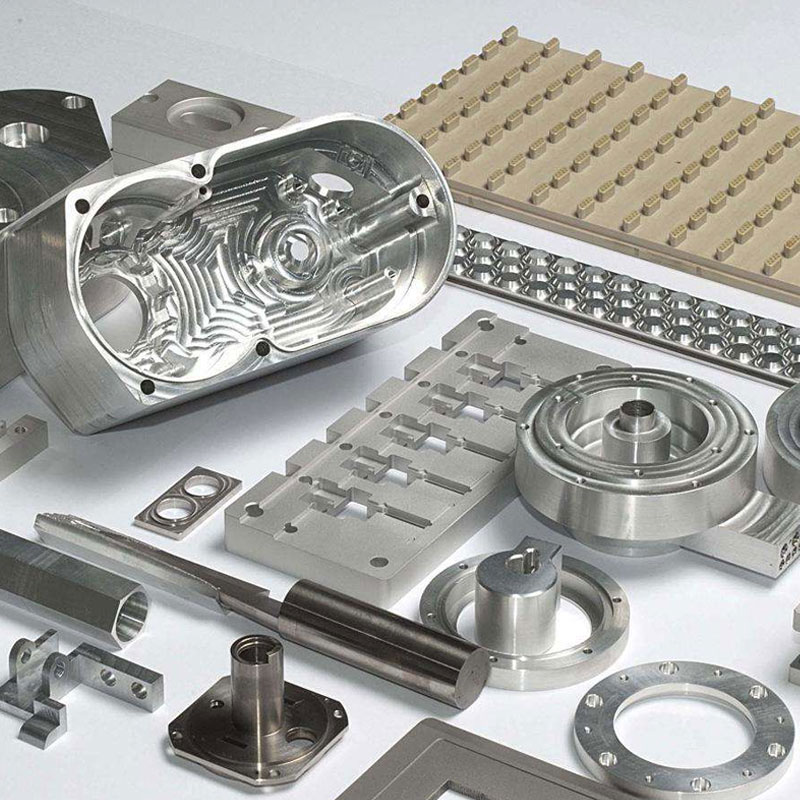The commonly used hydrostatic extrusion fluid is castor oil. This fluid can be used as both a pressure generating medium and a lubricant for billets. When the billet is heated to 350 ℃, the lubricating effect of castor oil is the best. However, when extruded at 500 ° C, the lubricating effect of this fluid is not satisfactory. Of course, there are other factors that affect the lubricating effect. For example, the cold and hardness of the billet can also produce abnormal behavior. Many experiments have proved that when the extrusion temperature is increased to 625 ℃, the use of castor oil fluid, although the lubrication effect is not ideal, but the extrusion force is still greatly reduced, you can get good surface quality.
For the extrusion of secondary composite titanium ingot (19×61), first apply graphite emulsion lubricant on the surface of the ingot, and the maximum flow pressure during extrusion at 500 ℃ is 5% lower than that at 350 ℃. but
Is that when the secondary composite billet is extruded at 350 ℃, although the better lubricant is used, its extrusion force is much greater than that of the primary composite titanium billet. This phenomenon reflects the greater improvement of the work-hardening degree of the Nb-titanium and copper matrix secondary compound.
The data listed by titanium alloy enterprises is a comparison of the economic benefits of manufacturing 227000 core wire composite superconductors. It can be seen from the table that using the ordinary extrusion process, the required number of core wires (61x61x61) can be obtained from the titanium billet with a diameter of 200 mm after three extrusions (three assembly). The use of hydrostatic extrusion only requires a second extrusion to obtain the same titanium core wire, and the productivity is significantly improved.

What’s your reaction?
Love0
Sad0
Happy0
Sleepy0
Angry0
Dead0
Wink0









